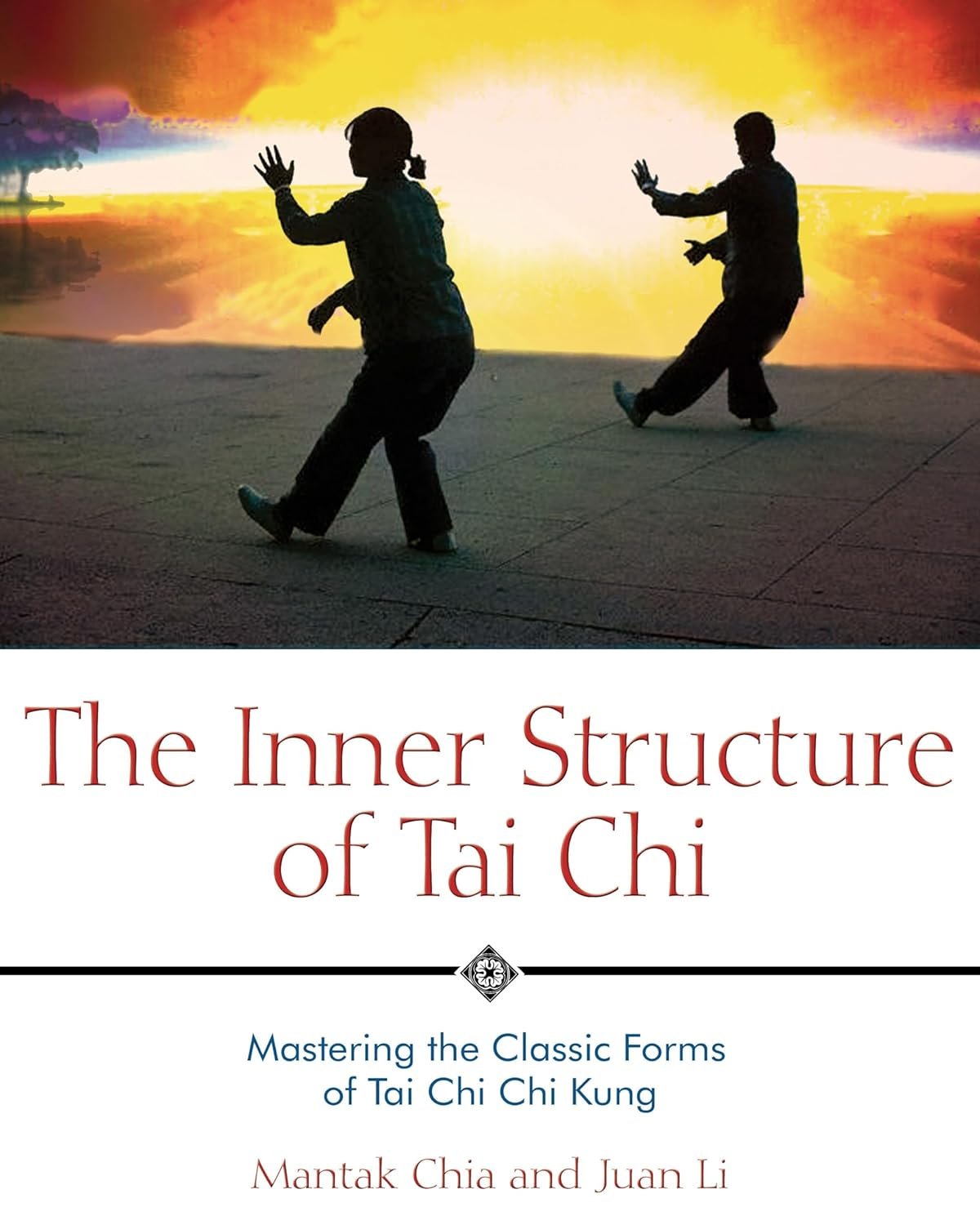
Price: $19.95
(as of Aug 07, 2025 20:39:43 UTC – Details)
Explores the deep, internal work necessary for the effective practice of tai chi
• Reveals the Taoist principles that gave birth to the Yang-style tai chi forms
• Shows how tai chi can circulate powerful healing energies through the body
Taoist adepts developed tai chi as both a martial art and a way to cultivate their physical body, energy body, and spirit body. Like all Taoist exercises, its main purpose is to form a connection to the basic energy that is the foundation of all life: chi. Until the beginning of the twentieth century, tai chi was considered a secret practice that was passed down only within a closely knit structure of family and loyal disciples. Despite its widespread growth in popularity as a martial art and health exercise, many of its underlying internal practices remain unknown.
The Inner Structure of Tai Chi explores the deep, internal work necessary for the effective practice of tai chi. Designed for practitioners at every level, the book contains step-by-step illustrated instructions for mastering the 13 forms of early Yang-style tai chi, also known as Tai Chi Chi Kung. The authors demonstrate the relationship of the inner structure of tai chi to the absorption, transformation, and circulation of the three forces that animate all life–the Universal force, the Cosmic force, and the Earth force–revealing the principles and practices necessary to receive the full spectrum of physical, psychological, and spiritual benefits that tai chi can bring.
ASIN : 1594770581
Publisher : Destiny Books
Publication date : December 15, 2005
Language : English
Print length : 264 pages
ISBN-10 : 9781594770586
ISBN-13 : 978-1594770586
Item Weight : 1.45 pounds
Dimensions : 8 x 0.8 x 10 inches
Best Sellers Rank: #354,971 in Books (See Top 100 in Books) #59 in Tai Chi & Qi Gong #97 in Taoist Philosophy #495 in Martial Arts (Books)
Customer Reviews: 4.5 4.5 out of 5 stars 104 ratings var dpAcrHasRegisteredArcLinkClickAction; P.when(‘A’, ‘ready’).execute(function(A) { if (dpAcrHasRegisteredArcLinkClickAction !== true) { dpAcrHasRegisteredArcLinkClickAction = true; A.declarative( ‘acrLink-click-metrics’, ‘click’, { “allowLinkDefault”: true }, function (event) { if (window.ue) { ue.count(“acrLinkClickCount”, (ue.count(“acrLinkClickCount”) || 0) + 1); } } ); } }); P.when(‘A’, ‘cf’).execute(function(A) { A.declarative(‘acrStarsLink-click-metrics’, ‘click’, { “allowLinkDefault” : true }, function(event){ if(window.ue) { ue.count(“acrStarsLinkWithPopoverClickCount”, (ue.count(“acrStarsLinkWithPopoverClickCount”) || 0) + 1); } }); });
Customers say
Customers find the book informative and easy to read, with one review highlighting its detailed analysis of postures and another noting how it helps understand energy flow through the body. They appreciate the book’s illustrations and consider it a great resource for training.
